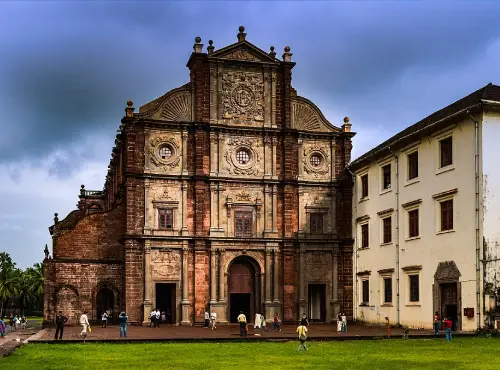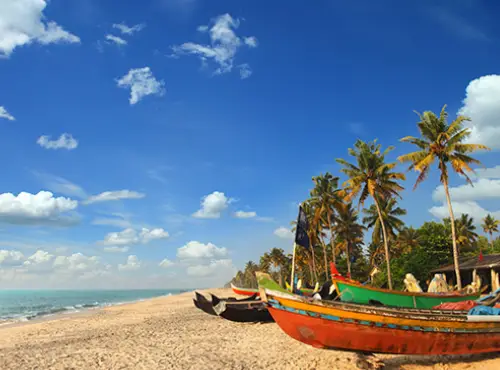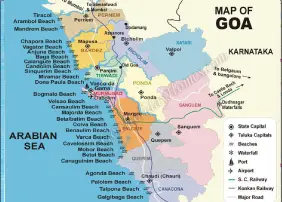History
Ancient history and settlement.
History of Goa’s Early Age. The early inhabitants of Goa were primarily hunter-gatherers, with evidence of human settlement dating back to the Paleolithic era. Over the centuries, Goa witnessed the rise and fall of various dynasties, including the Mauryas, Satavahanas, and Chalukyas, each leaving its mark on the region’s rich cultural tapestry.
Goa’s strategic coastal location made it a key trading hub for spices and silk, attracting merchants from the Arab world, Persia, and beyond. The Portuguese arrival in the 16th century transformed Goa into a vibrant European colony, blending Eastern and Western cultures in its architecture, cuisine, and traditions. Today, Goa’s historical sites, from ancient temples to colonial churches, offer a glimpse into its diverse heritage.

Geography


Geography
Tropical paradise with coastal beauty.
Goa is located on the western coast of India, bordered by the Arabian Sea. Spanning an area of approximately 3,702 square kilometres, it is renowned for its picturesque beaches, lush green landscapes, and unique biodiversity. The coastline stretches over 100 kilometres, featuring popular beaches like Calangute, Baga, and Palolem, which attract tourists from all over the world.
The Western Ghats, a UNESCO World Heritage site, runs along the eastern edge of Goa, providing a habitat for diverse flora and fauna. The region’s tropical climate, with its monsoon rains and sunny winters, supports a thriving agricultural sector, particularly rice and coconut cultivation. Goa’s blend of natural beauty and cultural richness makes it a unique destination for travellers.
